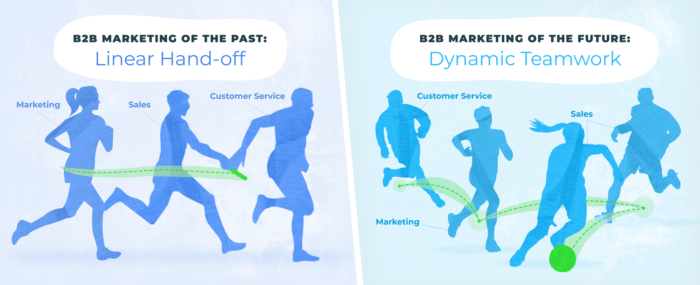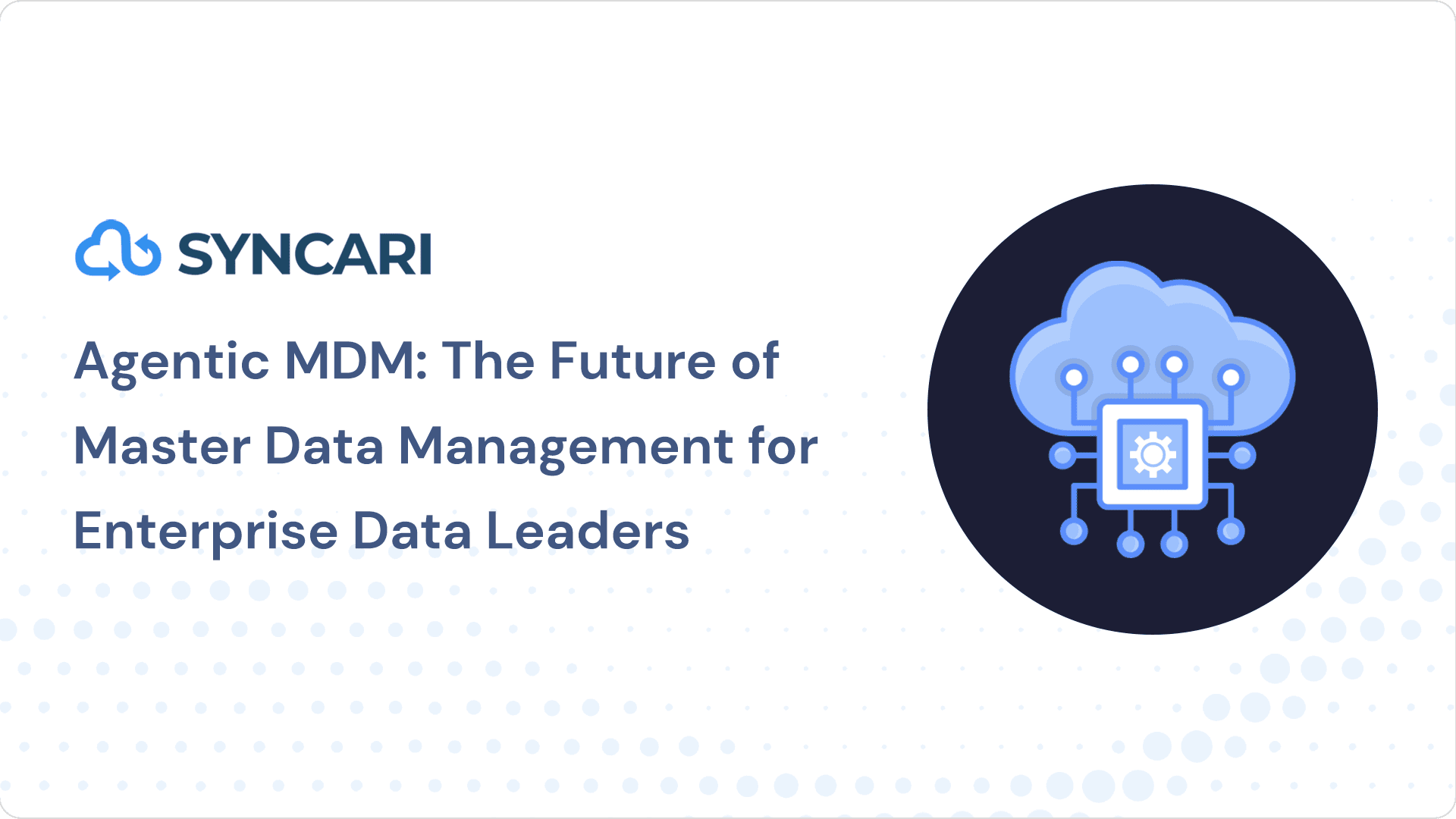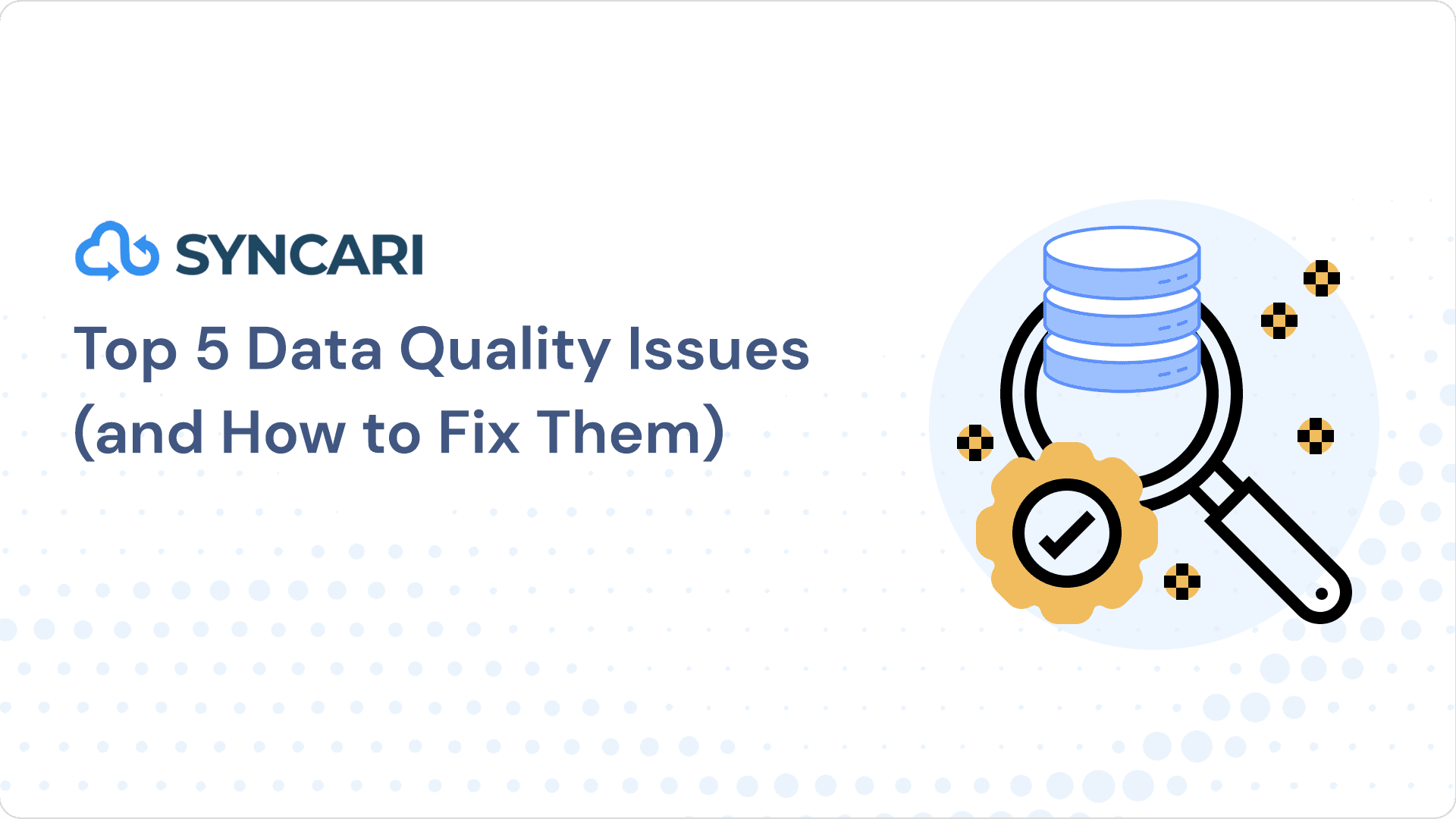By Nick Bonfiglio
As a co-founder of Marketo, Jon Miller was at the helm of the demand generation revolution, arming marketers with the power to send the right message to the right people at the right time. He played an instrumental role in building the business to 700+ employees, and a $1B+ IPO.
A decade later, as buyers got wise to automated email blasts and ABM emerged as a panacea for inbox fatigue, Jon was once again a leader in the movement, as CEO and Co-Founder of Engagio. With the company’s recent acquisition by Demandbase, he’s further cemented his role as an ABM visionary. But Jon is the first to admit that if your data is a mess, your success with ABM will be severely stunted.
We sat down with Jon to discuss how modern marketers can get smart about data quality, delight prospects, and drive predictable revenue.
Nick: How is the B2B marketing of today different from the B2B marketing of yesterday?
Jon: We know that buying is nonlinear today. So it makes absolutely no sense to still have a linear marketing and sales process. Instead of thinking of it like a baton handoff, I like to think of revenue teams as soccer teams, where you have players in different positions and they pass back and forth as they move down the field.
A marketer is definitely different from a salesperson, but they’re still on the same team and they should be passing the ball back and forth. Salespeople are spending more time at the top of the funnel generating their own business. They’re using tools like Outreach and SalesLoft to send, frankly, more email than marketers in some cases.
At the same time, you’ve got marketing playing a bigger role later in the sales cycle. Historically, once sales is engaged with the account, marketing gets turned off. But now people are realizing that marketing to the broader buying committee makes sense. I’m excited to see the redefinition of how those teams work together.

What’s holding B2B marketers from effectively scaling their ABM programs?
I think data has been the biggest barrier preventing marketers from rolling out ABM at scale. The issue comes in two flavours: having the right data to pick target accounts, and measuring engagement across channels and systems. If industry is important for picking your ICP but your industry data is a mess, you can’t score properly. And if your CRM has duplicate accounts, then your hard-earned engagement is being spread across different views. Getting your data in order is the foundation of effective ABM execution and measurement.
Why is data such a challenge in B2B?
Entropy is probably the biggest reason, and there are dozens of ways it creeps into the system. Contact information gets stale every six months, either they’ve left the company or changed roles or gotten a title change. Unless you hardcore lock down your CRM in a way that hurts productivity, you’re going to get duplicates because no human is perfect about checking. Then there’s just human error. Somebody fills out a form and typos their email address, and all of a sudden they’re there in duplicate.
How can marketing and sales align better for improved ABM execution?
Number one, we need everybody looking at the same data. Typically, in Salesforce, marketers log in and look at leads and salespeople log in and look at accounts. It’s funny to me because they are literally not on the same page. And so, the more you can get them looking at a common set of data and looking at the data in the same way, a world of possibility opens up.
How do you see the ABM landscape evolving over the next five years?
Two big trends. One is consolidation. I think we’ll see fewer vendors and larger, more dominant platforms. And I think the second trend (which Gartner and Forrester are already talking about) is a convergence of ABM and traditional marketing automation. People aren’t going to necessarily want two systems, one for their lead-based marketing, one for their account-based marketing. And instead, I think we’re going to start to see integrated platforms that can handle people and accounts.
What’s one totally preventable mistake you see marketers make?
Forms that are too long, When requesting information, keep the form really short and then look up the information you need on the backend. You don’t have to ask somebody what industry they work in. Just match them to the right account and look up what industry they’re in off their account.
Any parting wisdom for our readers?
Every once in a while, you have to Marie Kondo your database. Whether that’s a recurring cleanup project or investing in a solution like Syncari, you need to prioritize data quality if you’re serious about building a sustainable revenue model.

“You’re welcome in our CRM anytime, Marie.”


